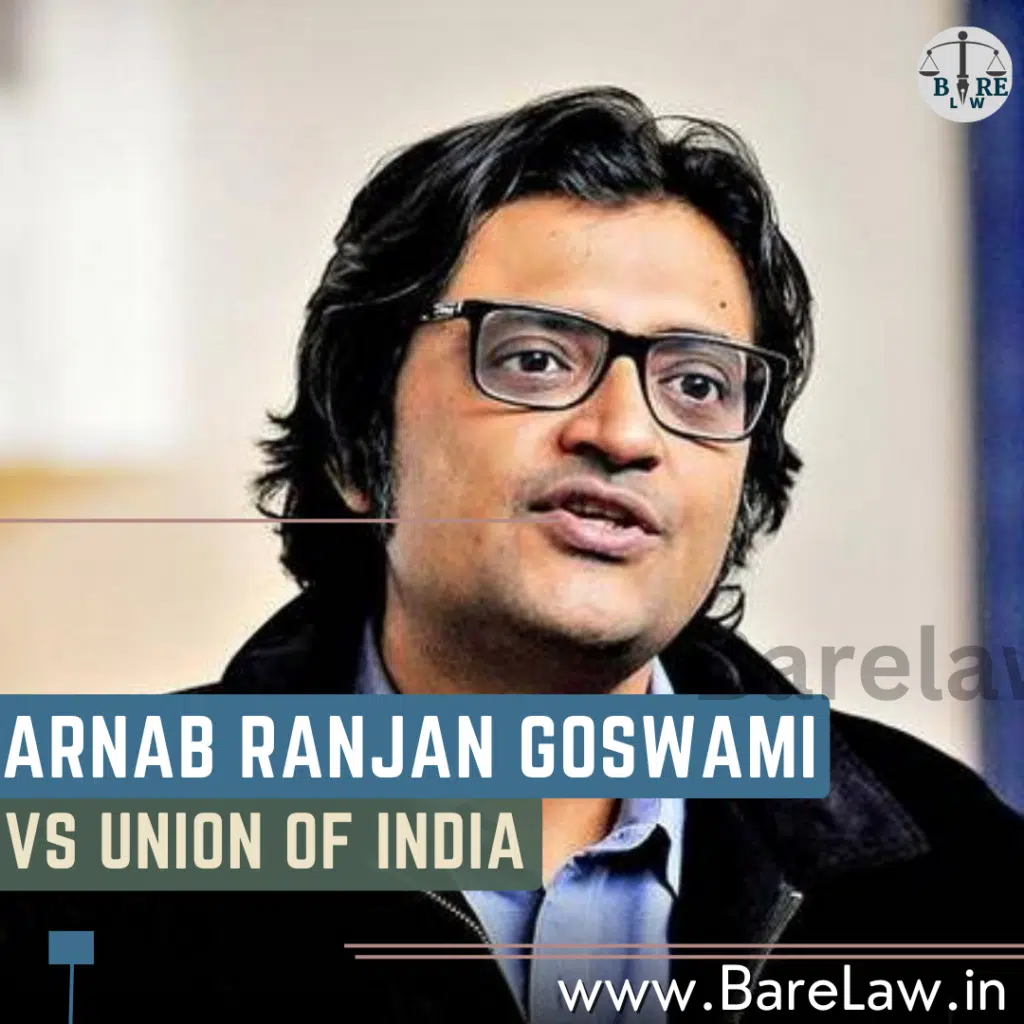The Arnab Goswami vs State of Maharashtra Case

Introduction
The case of Arnab Goswami vs the State of Maharashtra represents a profound legal saga that captured nationwide attention, bringing to light questions about media, law, and individual freedoms. This article dives deep into the legal intricacies and the Supreme Court’s pivotal judgment in the case.
Background
In 2018, the deaths of Anvay Naik and his mother sparked a controversial legal case when a suicide note surfaced, implicating Arnab Goswami and others over financial disputes. The ensuing legal battle would traverse the Indian justice system’s deepest corridors.
Legal Proceedings
Goswami’s arrest by Maharashtra police was contentious and dramatic. An initial closure was contested and the case was reopened, leading to a high-profile arrest and a rapid escalation to the Supreme Court.
Supreme Court Judgement
The Supreme Court’s ruling marked a defining moment, emphasizing the sanctity of individual liberty in the face of legal prosecution. The absence of direct evidence linking Goswami to Naik’s suicide was pivotal in the court’s decision.
Observations and Rulings
The apex court clarified that for a charge of abetment to suicide, direct incitement is required. It found the FIR and the suicide note insufficient to establish Goswami’s complicity in the alleged abetment.
The Constitutional Context
The judgment echoed beyond the individual case, emphasizing the constitutional values at stake. The court advocated for the protection of human liberty and against the misuse of criminal law for selective harassment.
The Verdict’s Implications
Goswami’s acquittal set a judicial precedent, underscoring the judiciary’s role in upholding constitutional rights and guarding against the miscarriage of justice.
Conclusion
The Arnab Goswami vs State of Maharashtra case is a narrative of justice, individual rights, and the judiciary’s enduring commitment to truth within the framework of Indian law.



